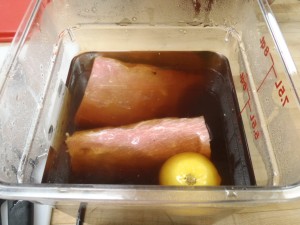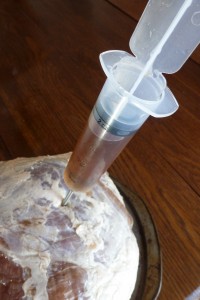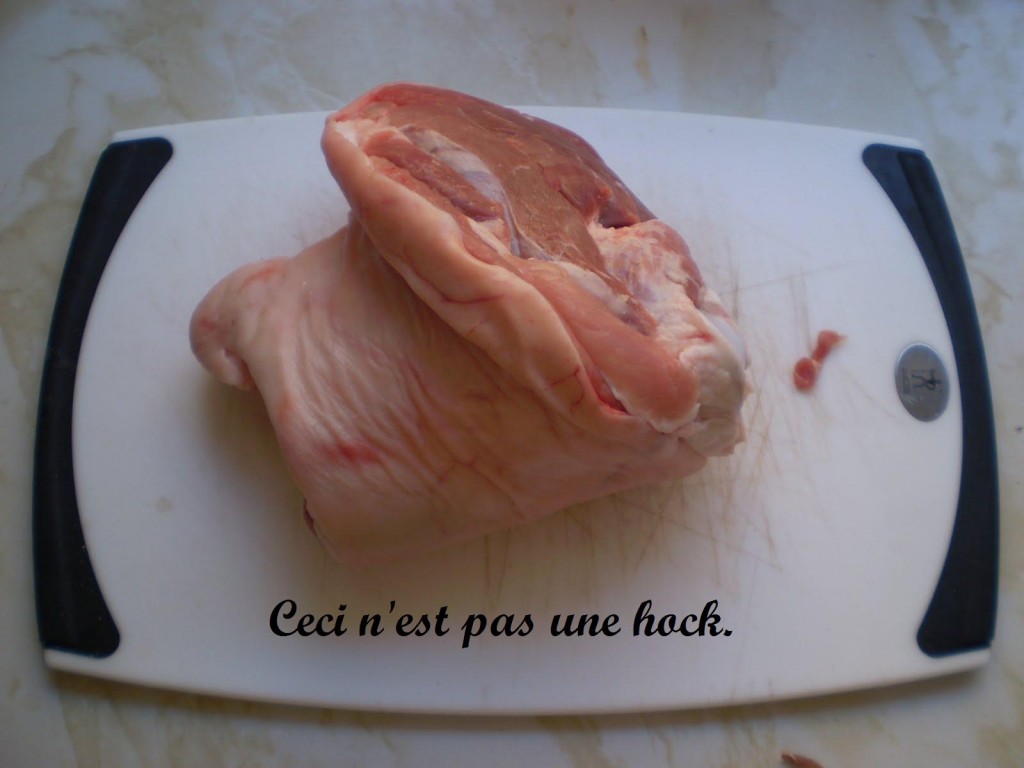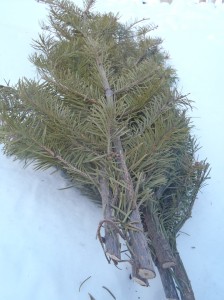Schweinsbraten literally means “roasted pork”. If you order it in an Austrian restaurant, you will get a slice of greyish meat, usually but not always from the shoulder of the animal. If you order it in an Austrian Heuriger, you will get something a bit different.
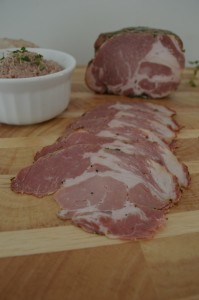 All the food at a Heuriger is served cold, and meat is typically cured. Schweinsbraten at a Heuriger is cured, like ham. What makes this particular ham so special is the cut of meat it is made from: the Schopf.
All the food at a Heuriger is served cold, and meat is typically cured. Schweinsbraten at a Heuriger is cured, like ham. What makes this particular ham so special is the cut of meat it is made from: the Schopf.
The Schopf extends forward from the loin of the pig, into the shoulder primal. It has the same round cross-section as the loin, only it also has a very healthy amount of … Continue reading.
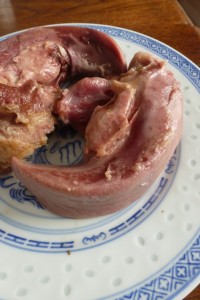 The tongue is one of those cuts that sounds way, way weirder than it really is.
The tongue is one of those cuts that sounds way, way weirder than it really is.